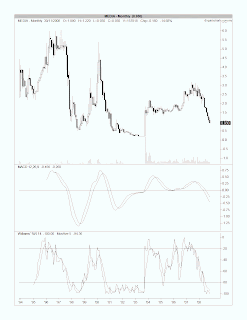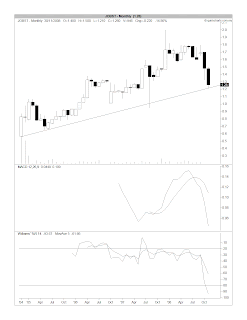
Chart 1: CPO's daily chart as at November 27, 2008 (source: ifs.marketcenter.com)
In the past few months, CPO price movement correlates very well with Crude Oil price movement as well as the movement in CRB Index. From Chart 2 & 3 below, we can see that both Crude Oil & CRB have also staged some recovery.

Chart 2: CRB Index's daily chart as at November 27, 2008 (source: Stockcharts.com)

Chart 3: WTIC's daily chart as at November 27, 2008 (source: Stockcharts.com)
On the other hand, CPO price movement has an inverse correlation to the movement in the USD Index. From Chart 4 below, we can see that the USD index has broken below its short-term uptrend line (SS2) support at 87.5 & it may soon test its medium-term uptrend line (SS) support at 80.5-81.0 level. What could be spooking the USD? Answer: The bill for rescuing the US financial system has just surpassed USD8 Trillion! (go here).

Chart 4: USD Index's daily chart as at November 27, 2008 (source: Stockcharts.com)
Further weakness in the USD could spur a strong rebound in many commodities, including our CPO. This in turn would be positive for plantation stocks. The CPO prices could rally much higher if the USD were to break below its medium-term uptrend line. However, one would not want to see the latter scenario happening because it could only mean that the USD has been debased to such an extent that investors began to turn away from this safe haven. It could also signal the end of the present US-dominated global financial system and without a clear successor in place (read: Bretton Wood 2) the world could be a very dangerous place indeed.













































